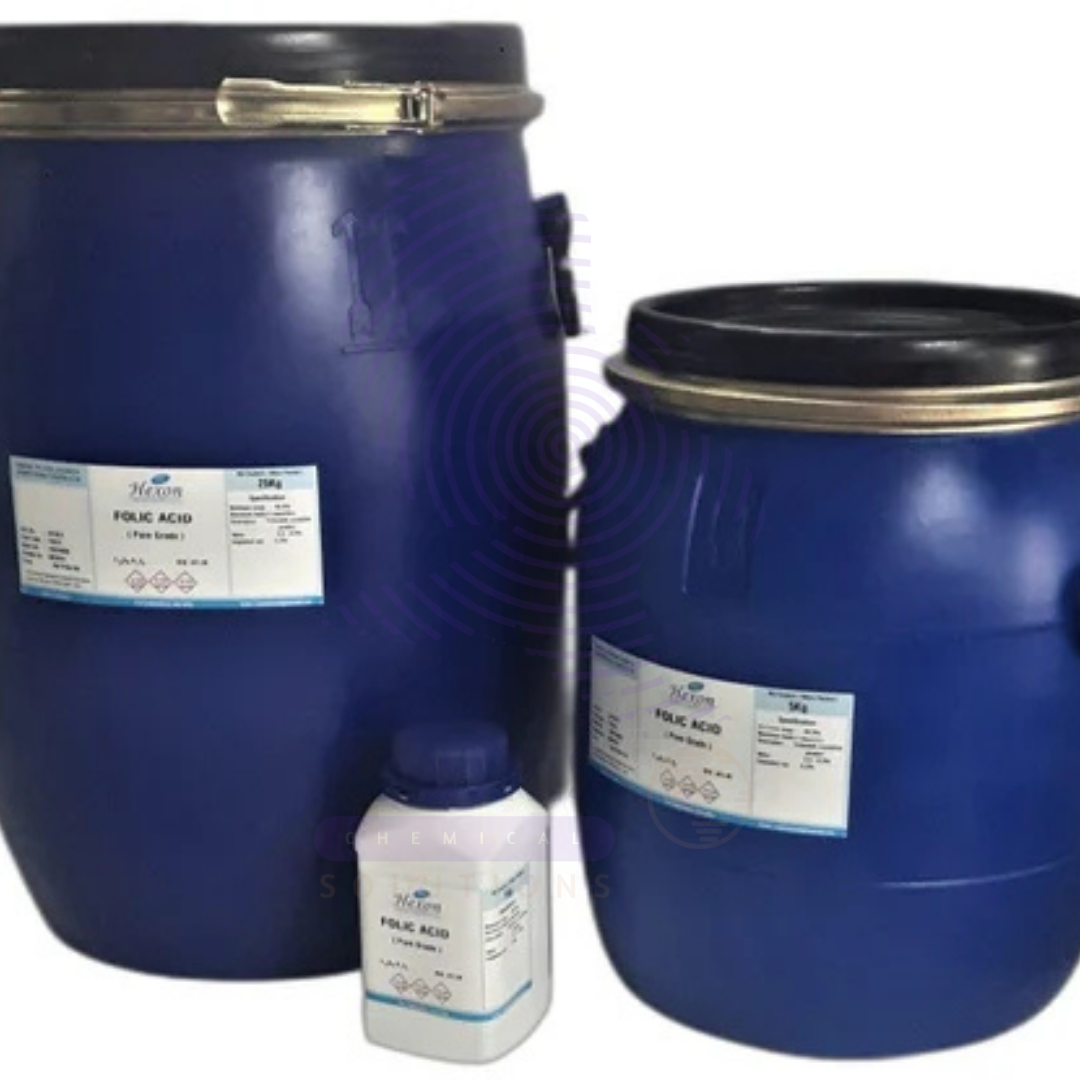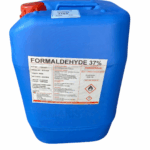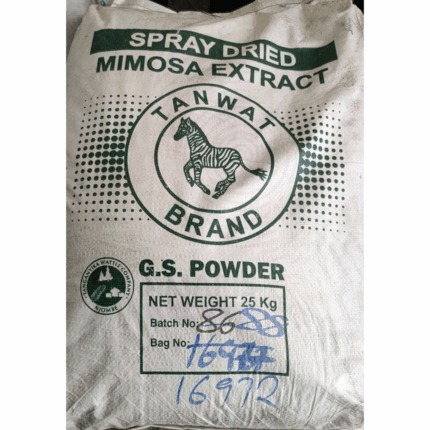Folic Acid
Whatsapp Order
Folic Acid, also known as Vitamin B9 or pteroylmonoglutamic acid, is a water-soluble vitamin essential for numerous physiological processes including DNA synthesis, repair, and methylation, as well as amino acid metabolism. It appears as a yellow to orange-yellow crystalline powder, odorless or with a faint characteristic odor. Folic Acid is vital for cell division and growth, making it critical during pregnancy and periods of rapid growth. It is widely used in the pharmaceutical, nutraceutical, food fortification, and cosmetic industries due to its role in preventing folate deficiency anemia, neural tube defects in newborns, and supporting overall cellular health.
Description
Table of Contents
Toggle
Folic Acid
Primary Uses
- Pharmaceutical and Nutraceutical Industry
- Used as a key ingredient in vitamin supplements and multivitamin formulations to prevent and treat folate deficiency anemia.
- Essential in prenatal vitamins to reduce the risk of neural tube defects (spina bifida, anencephaly) in developing fetuses.
- Employed in formulations for cardiovascular health support due to its role in homocysteine metabolism, lowering cardiovascular disease risk.
- Incorporated in supplements targeting cognitive function and neuroprotection.
- Used in therapeutic regimens for patients with malabsorption syndromes, certain anemias, and during chemotherapy to mitigate side effects.
- Food Industry
- Widely used as a fortifying agent in staple foods such as cereals, bread, flour, rice, and pasta to combat folate deficiency in populations.
- Added to infant formulas and medical nutrition products to ensure adequate vitamin intake.
- Employed in beverage fortification and functional foods designed to enhance nutrient intake.
- Cosmetics and Personal Care
- Incorporated into skincare formulations for its antioxidant properties and role in DNA repair, promoting skin regeneration and anti-aging effects.
- Used in hair care products to support hair growth and reduce hair loss linked to nutrient deficiencies.
- Agriculture and Animal Feed
- Added to animal feed supplements to promote growth, reproductive health, and prevent deficiencies in livestock and poultry.
Secondary Uses
- Biomedical Research
- Used as a biochemical tool in studying methylation processes and genetic expression.
- Investigated for its potential role in cancer prevention and as an adjunct in chemotherapy protocols.
- Environmental Applications
- Occasionally utilized in microbial growth media to promote folate-dependent metabolic pathways in fermentation and biotechnology.
KEY PRODUCT FEATURES
1. Basic Identification Attributes
- Chemical Name (IUPAC): pteroylmonoglutamic acid
- Common/Trade Name: Folic Acid, Vitamin B9
- CAS Number: 59-30-3
- HS Code: 2936.29
- Molecular Formula: C19H19N7O6
- Synonyms: Vitamin M, Pteroylglutamic acid, Folacin, Pteroyl-L-glutamic acid
2. Physical & Chemical Properties
- Physical State: Crystalline powder
- Color & Odor: Yellow to orange-yellow; odorless or faint odor
- Melting Point: 250 °C (decomposes)
- Solubility: Poorly soluble in water (~1.6 mg/mL at 20°C); soluble in dilute alkaline solutions and DMSO
- pH: Slightly acidic
- Stability: Stable in dry form; sensitive to light, heat, and alkaline conditions leading to degradation
3. Safety & Hazard Attributes
- Hazard Class (GHS): Not classified as hazardous; generally safe at recommended doses
- Toxicity: Low toxicity; excessive intake may cause rare adverse effects
- Exposure Limits: No established occupational limits; use standard precautions
4. Storage & Handling Attributes
- Storage Conditions: Store in tightly closed containers in a cool, dry, dark place to prevent degradation
- Container Type: Amber glass or opaque plastic containers to protect from light
- Shelf Life: 24 months under recommended conditions
- Handling Precautions: Avoid dust inhalation; minimize exposure to light and heat
5. Regulatory & Compliance Attributes
- Approved by FDA, EFSA, WHO, and other regulatory agencies for use in foods, supplements, and pharmaceuticals
- Included in various pharmacopeias (USP, EP, JP) with strict quality standards
- Maximum allowable levels regulated by country and application
6. Environmental & Health Impact
- Biodegradability: Readily biodegradable in the environment
- Ecotoxicity: Low environmental toxicity
- Bioaccumulation: Not expected to bioaccumulate
- Carcinogenicity/Mutagenicity: Not classified; no evidence of carcinogenic or mutagenic effects
SAFETY HANDLING ATTRIBUTES
Safety Handling Precautions
- PPE Required: Gloves, dust mask, and safety goggles when handling powder
- Handling Guidelines: Use in well-ventilated areas; avoid inhalation and skin contact
- Storage Measures: Keep containers tightly sealed, avoid moisture and light exposure
- Hygiene Practices: Wash hands after handling; avoid ingestion or inhalation of dust
First Aid Measures
- Inhalation: Move to fresh air; seek medical attention if irritation occurs
- Skin Contact: Wash skin with soap and water; seek medical attention if irritation develops
- Eye Contact: Rinse eyes thoroughly with water for 15 minutes; consult physician if irritation persists
- Ingestion: Rinse mouth; generally safe but seek medical advice if large amounts ingested
Firefighting Measures
- Fire Hazards: Combustible solid; emits toxic fumes such as nitrogen oxides and carbon oxides on burning
- Extinguishing Media: Use water spray, foam, dry chemical, or carbon dioxide (CO₂)
- Special Precautions: Firefighters should wear self-contained breathing apparatus and protective clothing
- Decomposition Products: Nitrogen oxides, carbon oxides, and other toxic gases
Related products
Alpha Arbutin
Alpha Arbutin is a biosynthetic active ingredient derived from hydroquinone and glucose. It is widely used in cosmetic and skincare formulations for its skin-brightening and spot-reducing properties. Alpha Arbutin inhibits tyrosinase, an enzyme involved in melanin production, thereby helping to reduce pigmentation, dark spots, and uneven skin tone. It is more stable and effective than its beta counterpart and is suitable for all skin types, including sensitive skin.
Ethylvanillin
Ethylvanillin (3-Ethoxy-4-hydroxybenzaldehyde) is a synthetic aromatic aldehyde widely used as a flavoring agent and fragrance ingredient. It is a white to pale yellow crystalline powder with a strong, sweet vanilla-like odor, but more intense than natural vanillin. Ethylvanillin offers excellent flavor stability, solubility in alcohol and oils, and is valued for its enhanced vanilla aroma in food, beverage, cosmetics, and pharmaceutical formulations. Due to its potent scent and flavor profile, it is a preferred substitute or complement to natural vanilla extract.
Mimosa Powder
Mimosa Powder is a fine, light to dark brown powder derived from the bark of the Mimosa tenuiflora tree (also known as Mimosa hostilis or Jurema). Rich in tannins and natural polyphenolic compounds, this plant-based powder is widely recognized for its natural astringent, antioxidant, and antimicrobial properties. It is commonly used in cosmetics, traditional medicine, leather tanning, dyeing, and industrial applications. The powder is biodegradable and sustainable, making it a popular choice for natural product formulations.
Sorbitol
Sorbitol is a sugar alcohol with the chemical formula C₆H₁₄O₆, appearing as a white, crystalline, hygroscopic powder or syrup. It is widely used as a sweetener, humectant, and texturizing agent in food, pharmaceutical, and cosmetic industries. This 25kg packaged product offers high purity sorbitol, soluble in water with a mildly sweet taste and low caloric value, making it a popular sugar substitute and stabilizer.
Sucralose
Sucralose is a high-intensity, zero-calorie artificial sweetener derived from sucrose through selective chlorination. It is approximately 600 times sweeter than sugar, making it an effective sugar substitute in a wide range of food and beverage applications. Sucralose is stable under heat and across a broad pH range, suitable for cooking, baking, and long shelf-life products. It delivers sweetness without calories or glycemic impact, favored in health-conscious and diabetic-friendly formulations.
Xylanase Baking Enzymes
Xylanase Baking Enzymes are specialized enzymes used in the baking industry to improve dough handling, bread volume, crumb structure, and overall product quality. These enzymes catalyze the breakdown of xylans (non-starch polysaccharides in cereal cell walls), reducing dough viscosity and enhancing gas retention during fermentation. This results in improved texture, softness, and shelf life of baked goods.
Xysil 200 Pharma Fumed silica 200P
Xysil 200 Pharma Fumed silica 200P is a high-purity, pharmaceutical-grade fumed silica produced via flame hydrolysis of silicon tetrachloride. This ultra-fine, amorphous white powder features a very high surface area and low bulk density, designed specifically to meet stringent pharma standards. It functions as a flow agent, anti-caking agent, and thickener in pharmaceutical formulations, enhancing powder flow, stability, and product consistency.
Zinc Oxide USP
Zinc Oxide USP is an inorganic white powder composed primarily of ZnO. It is widely used as a functional additive in rubber, ceramics, glass, paints, and chemical industries. Known for its excellent chemical stability, UV-absorbing capability, and reactivity with acids and alkalis, this grade is tailored for industrial applications where high purity is not mandatory but consistent quality and performance are essential.


 Preservatives(food)
Preservatives(food) Flavor Enhancers
Flavor Enhancers Acidulants
Acidulants Sweeteners
Sweeteners Antioxidants
Antioxidants Colorants(food)
Colorants(food) Nutraceutical Ingredients (food)
Nutraceutical Ingredients (food) Nutrient Supplements
Nutrient Supplements Emulsifiers
Emulsifiers
 Collectors
Collectors Dust Suppressants
Dust Suppressants Explosives and Blasting Agents
Explosives and Blasting Agents Flocculants and Coagulants
Flocculants and Coagulants Frothers
Frothers Leaching Agents
Leaching Agents pH Modifiers
pH Modifiers Precious Metal Extraction Agents
Precious Metal Extraction Agents
 Antioxidants(plastic)
Antioxidants(plastic) Colorants (Pigments, Dyes)
Colorants (Pigments, Dyes) Fillers and Reinforcements
Fillers and Reinforcements Flame Retardants
Flame Retardants Monomers
Monomers Plasticizers
Plasticizers Polymerization Initiators
Polymerization Initiators Stabilizers (UV, Heat)
Stabilizers (UV, Heat)
 Antifoaming Agents
Antifoaming Agents Chelating Agents
Chelating Agents Coagulants and Flocculants
Coagulants and Flocculants Corrosion Inhibitors
Corrosion Inhibitors Disinfectants and Biocides
Disinfectants and Biocides Oxidizing Agents
Oxidizing Agents pH Adjusters
pH Adjusters Scale Inhibitors( water)
Scale Inhibitors( water)
 Antioxidants(cosmetic)
Antioxidants(cosmetic) Emollients
Emollients Fragrances and Essential Oils
Fragrances and Essential Oils Humectants
Humectants Preservatives
Preservatives Surfactants(cosmetic)
Surfactants(cosmetic) Thickeners
Thickeners UV Filters
UV Filters
 Fertilizers
Fertilizers Soil Conditioners
Soil Conditioners Plant Growth Regulators
Plant Growth Regulators Animal Feed Additives
Animal Feed Additives Biostimulants
Biostimulants Pesticides (Herbicides, Insecticides, Fungicides)
Pesticides (Herbicides, Insecticides, Fungicides)
 Active Pharmaceutical Ingredients (APIs)
Active Pharmaceutical Ingredients (APIs) Excipients
Excipients Solvents(pharmaceutical)
Solvents(pharmaceutical) Antibiotics
Antibiotics Antiseptics and Disinfectants
Antiseptics and Disinfectants Vaccine Adjuvants
Vaccine Adjuvants Nutraceutical Ingredients (pharmaceutical)
Nutraceutical Ingredients (pharmaceutical) Analgesics & Antipyretics
Analgesics & Antipyretics
 Analytical Reagents
Analytical Reagents Solvents(lab)
Solvents(lab) Chromatography Chemicals
Chromatography Chemicals Spectroscopy Reagents
Spectroscopy Reagents microbiology-and-cell-culture-reagents
microbiology-and-cell-culture-reagents Molecular Biology Reagents
Molecular Biology Reagents Biochemical Reagents
Biochemical Reagents Inorganic and Organic Standards
Inorganic and Organic Standards Laboratory Safety Chemicals
Laboratory Safety Chemicals Specialty Laboratory Chemicals(Special Laboratory Equipment)
Specialty Laboratory Chemicals(Special Laboratory Equipment)
 Demulsifiers
Demulsifiers Hydraulic Fracturing Fluids
Hydraulic Fracturing Fluids Scale Inhibitors(oil)
Scale Inhibitors(oil) Surfactants(oil)
Surfactants(oil) Drilling Fluids
Drilling Fluids
 Dyes and Pigments
Dyes and Pigments Bleaching Agents
Bleaching Agents Softening Agents
Softening Agents Finishing Agents
Finishing Agents Antistatic Agents
Antistatic Agents
 Admixtures
Admixtures Waterproofing Agents
Waterproofing Agents Sealants and Adhesives
Sealants and Adhesives Curing Compounds
Curing Compounds Concrete Repair Chemicals
Concrete Repair Chemicals Anti-Corrosion Coatings
Anti-Corrosion Coatings
 Surfactants(cleaning)
Surfactants(cleaning) Builders
Builders Enzymes
Enzymes Solvents (Cleaning)
Solvents (Cleaning) Fragrances
Fragrances
 Electronic Chemicals
Electronic Chemicals Catalysts
Catalysts Lubricants
Lubricants Photographic Chemicals
Photographic Chemicals Refrigerants
Refrigerants Automotive chemicals
Automotive chemicals Pyrotechnic Chemicals
Pyrotechnic Chemicals
 Biodegradable Surfactants
Biodegradable Surfactants Bio-based Solvents
Bio-based Solvents Renewable Polymers
Renewable Polymers Carbon Capture Chemicals
Carbon Capture Chemicals Wastewater Treatment Chemicals
Wastewater Treatment Chemicals
 Pigments
Pigments Solvents(paint)
Solvents(paint) Specialty Coatings
Specialty Coatings Binders/Resins
Binders/Resins Additives
Additives Driers
Driers Anti-Corrosion Agents
Anti-Corrosion Agents Functional Coatings
Functional Coatings Application-Specific Coatings
Application-Specific Coatings
 Fresh Herbs
Fresh Herbs Ground Spices
Ground Spices Whole Spices
Whole Spices Spice Blends
Spice Blends Dried Herbs
Dried Herbs
 Leavening Agents
Leavening Agents Dough Conditioners
Dough Conditioners Flour Treatments
Flour Treatments Fat Replacers
Fat Replacers Decoratives
Decoratives Preservatives(baking)
Preservatives(baking)
 Plasticizers & Softeners
Plasticizers & Softeners Reinforcing Agents
Reinforcing Agents Adhesion Promoters
Adhesion Promoters Vulcanizing Agents
Vulcanizing Agents Antidegradants
Antidegradants Blowing Agents
Blowing Agents Fillers & Extenders
Fillers & Extenders Accelerators & Retarders
Accelerators & Retarders





















